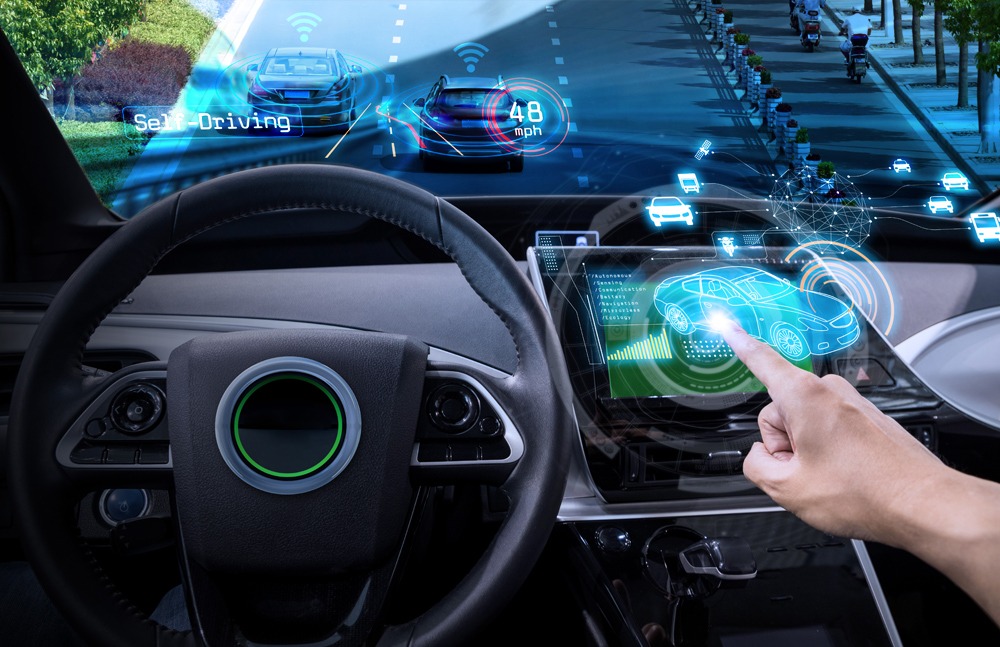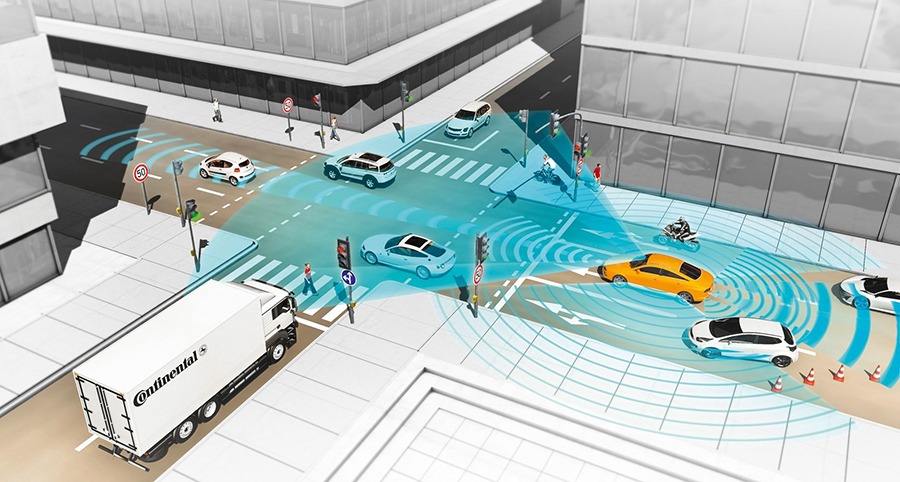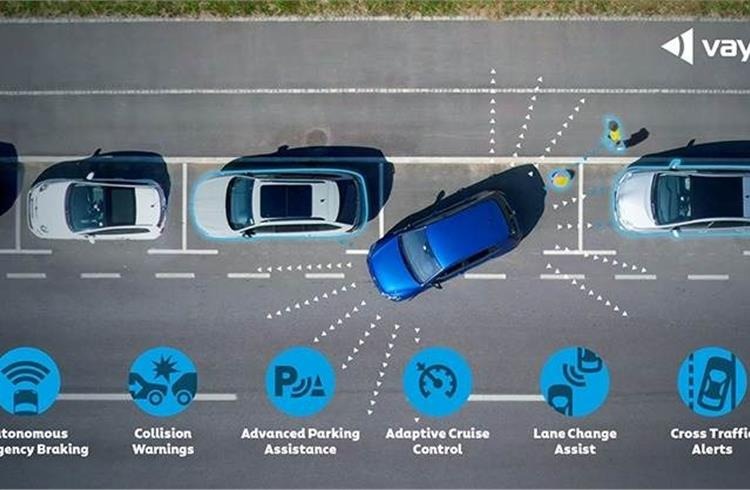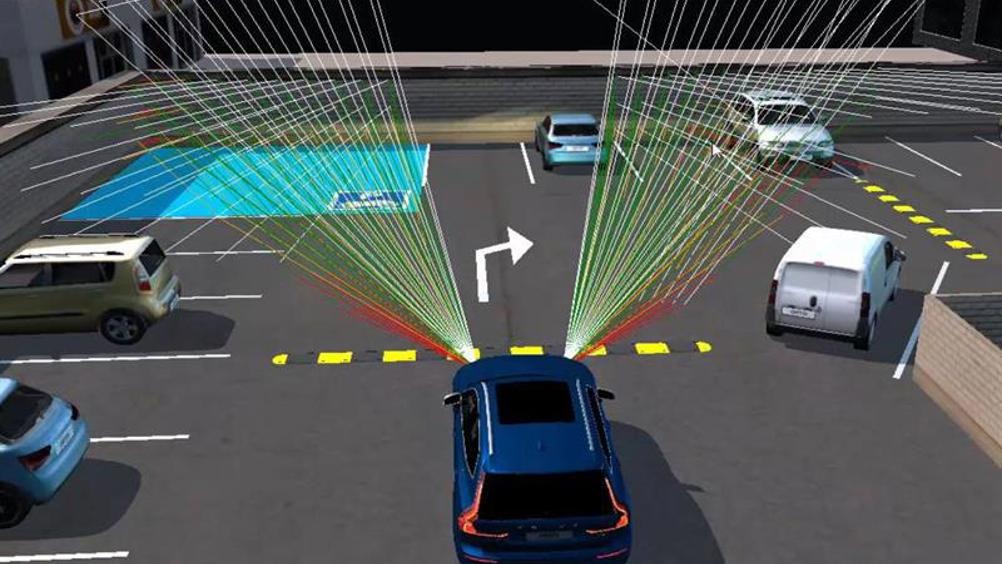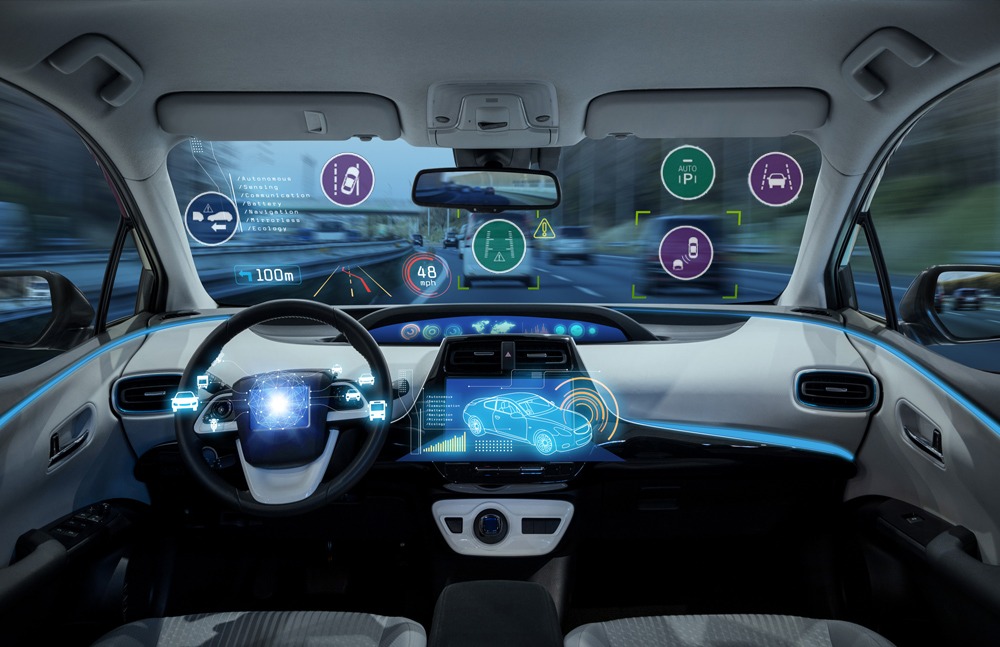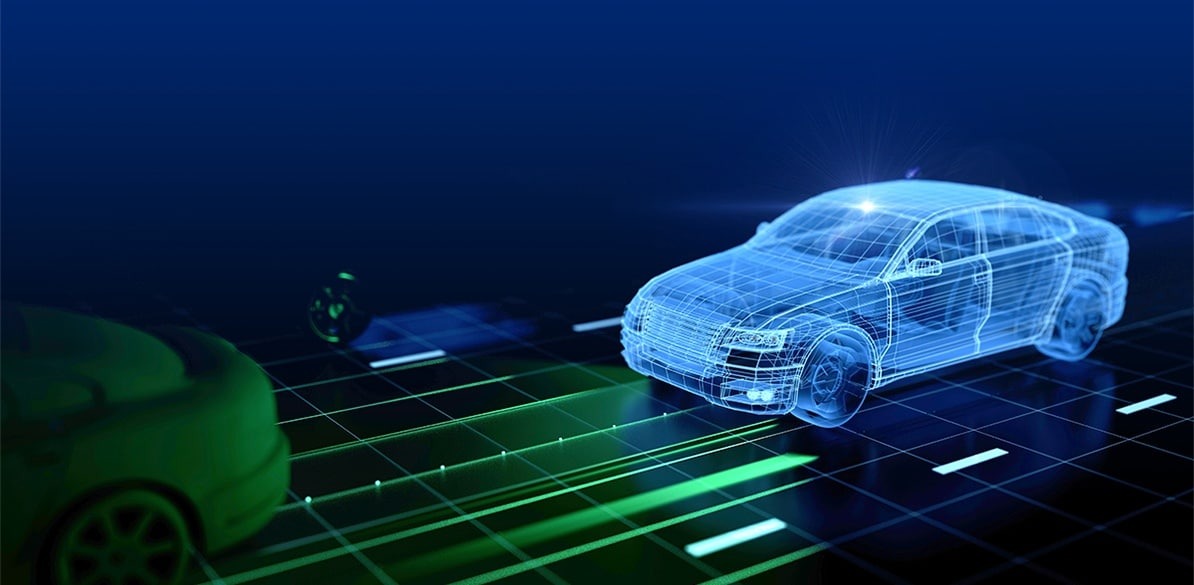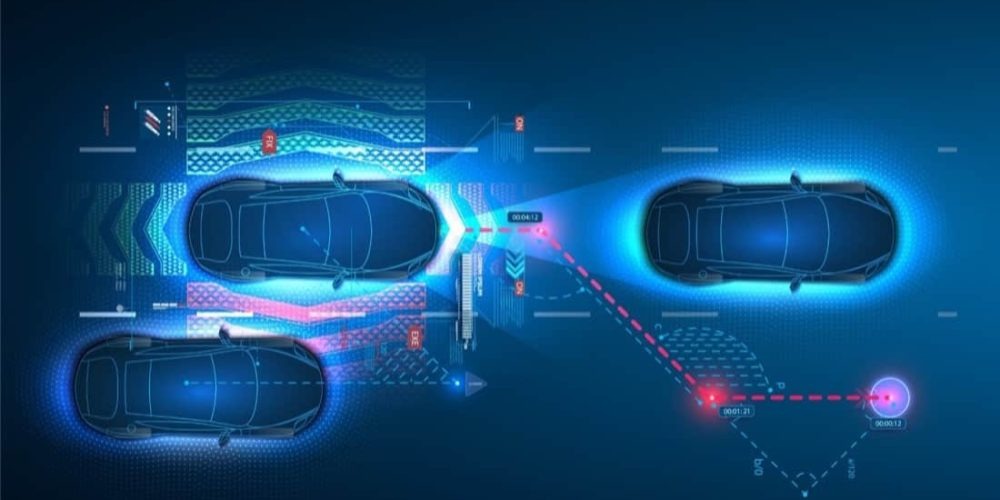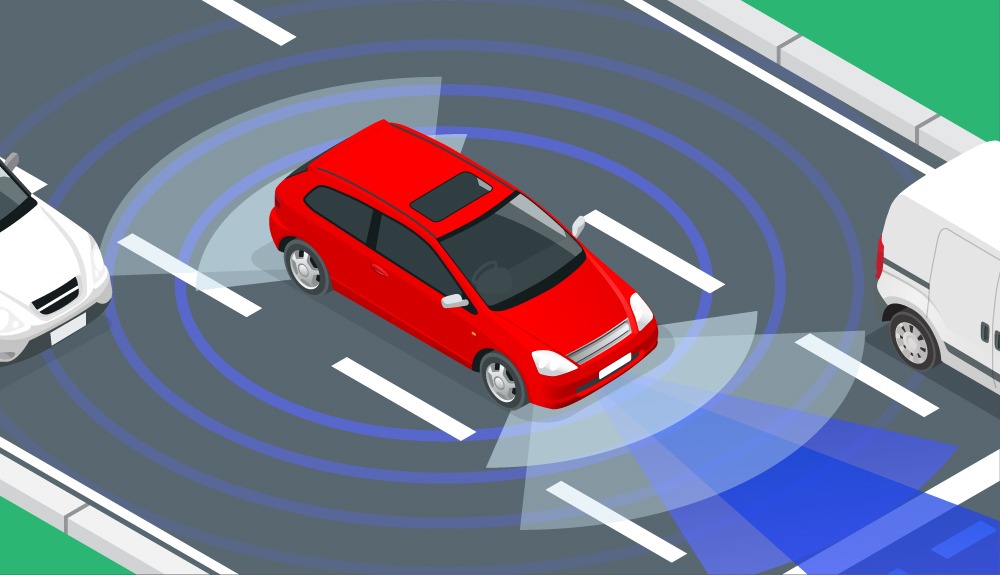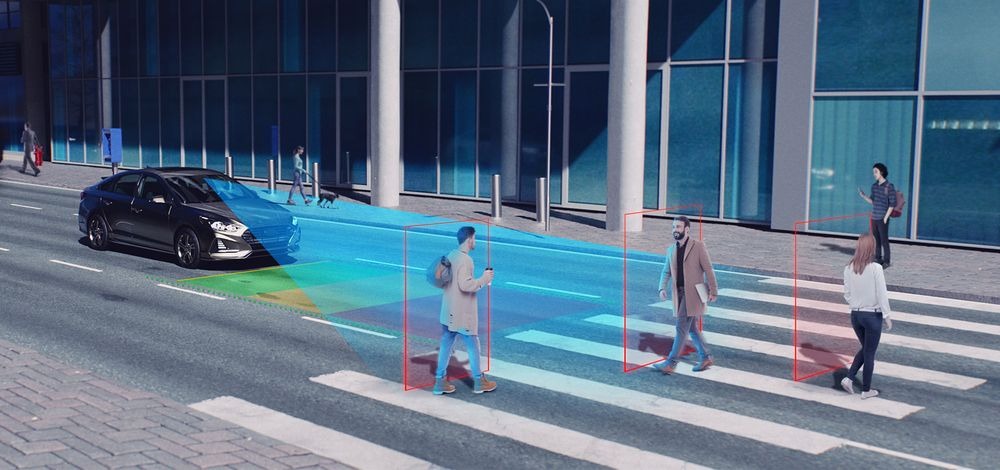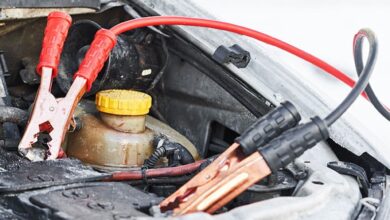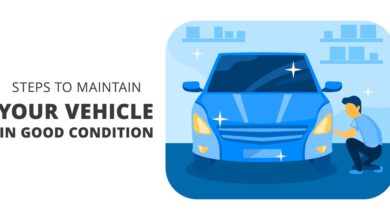Car Sensor System and Advanced Safety Features: Enhancing Road Safety
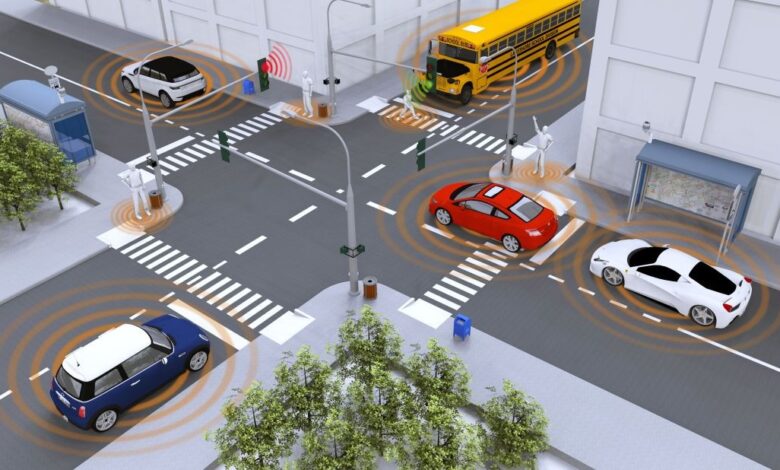
As technology continues to reshape the automotive landscape, the integration of advanced sensor systems and safety features has become a pivotal force in enhancing road safety. In “Car Sensor System and Advanced Safety Features: Enhancing Road Safety,” we delve into the cutting-edge innovations that are transforming the driving experience, making vehicles not just modes of transportation but intelligent partners in ensuring the well-being of drivers, passengers, and pedestrians alike.
This comprehensive guide aims to unravel the intricate world of car sensor systems and advanced safety features, shedding light on how these technologies work in unison to prevent accidents, mitigate risks, and provide a layer of protection that goes beyond conventional driving norms. From collision avoidance systems to adaptive cruise control, we will explore the array of features designed to keep drivers in control and enhance overall road safety.
Join us on a journey through the evolution of automotive safety, from the inception of basic sensors to the integration of artificial intelligence. Discover how these systems contribute to accident prevention, improve response times, and create a safer driving environment for everyone on the road. In a world where safety is paramount, understanding the role of car sensor systems and advanced safety features becomes essential. Let’s embark on this exploration to appreciate how technology is making our roads safer than ever before.
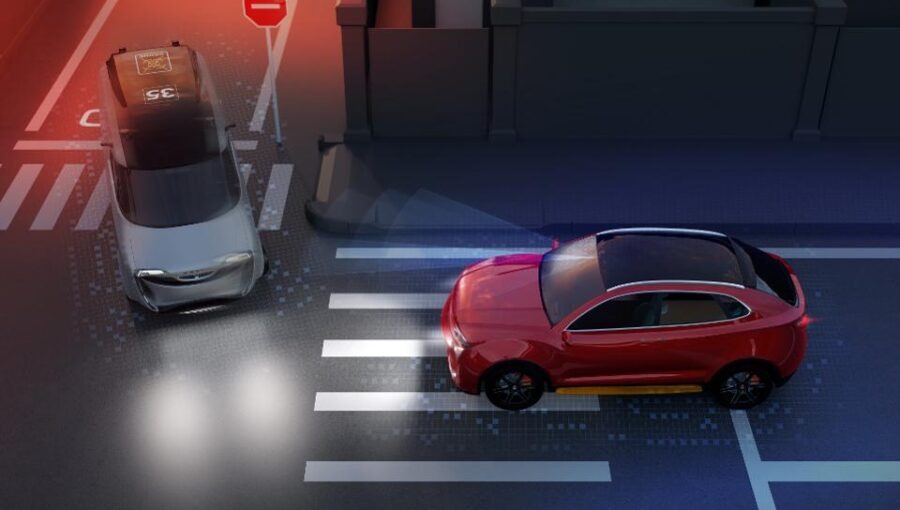
Contents
Understanding Car Sensor Systems
What are Car Sensor Systems?
Car sensor systems are electronic devices installed in vehicles to gather information about the surrounding environment. These sensors detect and monitor different parameters such as distance, speed, acceleration, and obstacles to provide the driver with real-time feedback.
Types of Car Sensor Systems
- Proximity Sensors: Proximity sensors, also known as parking sensors, use ultrasonic or electromagnetic waves to detect objects or obstacles in close proximity to the vehicle. These sensors alert the driver through visual and audible signals, preventing collisions during parking or low-speed maneuvers.
- Camera-Based Systems: Camera-based systems utilize one or multiple cameras strategically placed around the vehicle to provide a comprehensive view of the surroundings. These systems enhance visibility and assist drivers in maneuvering, parking, and avoiding blind spots.
- Radar Systems: Radar-based systems use radio waves to determine the distance and speed of objects around the vehicle. These sensors can detect both moving and stationary objects, making them effective in adaptive cruise control systems and collision avoidance systems.
- LiDAR Systems: LiDAR (Light Detection and Ranging) systems use laser beams to measure distances and create detailed 3D maps of the vehicle’s surroundings. LiDAR technology is commonly used in autonomous vehicles to provide precise object detection and mapping capabilities.
Benefits of Car Sensor Systems
- Improved safety: Car sensor systems alert drivers to potential hazards, reducing the risk of accidents.
- Enhanced maneuverability: Sensors assist drivers in parking, reversing, and navigating tight spaces with ease.
- Increased awareness: Sensors provide drivers with a comprehensive view of the vehicle’s surroundings, minimizing blind spots.
- Precise object detection: Car sensor systems can detect objects even in low visibility conditions, ensuring the driver is aware of potential dangers.
See more: New Car Model Review: Design and Performance
Advanced Safety Features
Adaptive Cruise Control (ACC)
ACC is an advanced safety feature that automatically adjusts a vehicle’s speed to maintain a safe distance from the car ahead. Using sensors such as radar or LiDAR, ACC monitors the relative speed and distance between vehicles, allowing for smoother acceleration and deceleration. This feature reduces driver fatigue during long journeys and enhances overall road safety by preventing rear-end collisions.
Forward Collision Warning (FCW)
FCW systems use sensors to detect the distance between the vehicle and objects ahead, including other vehicles or pedestrians. When the system detects a potential collision, it alerts the driver through visual or auditory cues, giving them enough time to react and avoid an accident. FCW is particularly useful in situations where sudden braking or evasive maneuvers are required.
Lane Departure Warning (LDW) and Lane Keep Assist (LKA)
LDW systems use cameras or sensors to monitor lane markings on the road. If the vehicle starts to drift out of its lane without signaling, LDW alerts the driver through visual, auditory, or haptic feedback. LKA takes this a step further by actively steering the vehicle back into its lane. These features are designed to prevent accidents caused by driver distraction or drowsiness.
Blind Spot Detection (BSD)
BSD systems use sensors or cameras to monitor the vehicle’s blind spots – areas that are not easily visible through side mirrors or rearview mirrors. When another vehicle enters a blind spot, BSD alerts the driver through visual or audible warnings, reducing the risk of a collision during lane changes.
Automatic Emergency Braking (AEB)
AEB is an advanced safety feature that helps prevent or mitigate collisions by automatically applying the brakes when an imminent collision is detected. Using sensors such as radar or LiDAR, AEB scans the road ahead for potential hazards and provides an audible warning before engaging the brakes if necessary. This feature is particularly effective for preventing rear-end collisions.
Mastering Professional Racing Techniques: The Thrilling Seduction of the Track
How Car Sensor Systems and Advanced Safety Features Work Together
Car sensor systems and advanced safety features work in synergy to enhance overall road safety. The sensor systems provide real-time data about the vehicle’s surroundings, while advanced safety features utilize this data to prevent accidents and improve driving experience. Here’s how they work together:
- Sensors detect objects or obstacles around the vehicle, including vehicles in blind spots, pedestrians, or stationary objects.
- The data collected by sensors is processed by onboard computer systems to assess potential risks and make informed decisions.
- Based on this analysis, advanced safety features such as ACC, FCW, LDW/LKA, BSD, and AEB are activated to alert the driver or autonomously take action if required.
- Visual, auditory, or haptic feedback is provided to the driver to ensure they are aware of potential dangers and can respond accordingly.
- In autonomous vehicles, sensor data is used by complex algorithms to make real-time decisions for safe navigation and collision avoidance.
By integrating car sensor systems with advanced safety features, manufacturers are significantly improving road safety standards and reducing human errors that often lead to accidents.
The Future of Car Sensor Systems and Advanced Safety Features
The future of car sensor systems and advanced safety features looks promising with ongoing research and development in autonomous driving technologies. Here are some exciting advancements expected in the near future:
Vehicle-to-Vehicle (V2V) Communication
V2V communication enables vehicles to exchange information with each other in real-time. This technology allows vehicles to share data such as speed, location, and intentions, enabling them to predict and avoid potential collisions proactively.
Vehicle-to-Infrastructure (V2I) Communication
V2I communication involves vehicles communicating with infrastructure elements like traffic lights, road signs, and traffic management systems. This technology aims to improve traffic flow, reduce congestion, and enhance overall road safety by providing drivers with real-time information about road conditions.
Artificial Intelligence (AI) Integration
The integration of AI algorithms with car sensor systems will enable vehicles to make more intelligent decisions based on complex data analysis. AI-powered systems can learn from previous driving experiences and adapt their behavior accordingly, enhancing overall road safety.
Biometric Sensors for Driver Monitoring
Biometric sensors can monitor driver behavior, alertness levels, heart rate, and other vital signs. By analyzing this data, vehicles can detect signs of fatigue or distraction and issue warnings or take appropriate action to ensure safe driving.
Augmented Reality (AR) Head-Up Displays
AR head-up displays can project vital information onto the windshield, overlaying it onto the driver’s view of the road. This technology provides drivers with real-time information such as navigation directions, speed limits, and potential hazards without diverting their attention from the road.
Safeguarding Journeys: Exploring Car Sensor Systems and Advanced Safety Features for Enhanced Road Safety
Car sensor systems and advanced safety features play a vital role in enhancing road safety by providing drivers with real-time information about their surroundings and assisting them in avoiding potential hazards. With ongoing advancements in technology, we can expect even more sophisticated systems in the near future that will further reduce accidents and make our roads safer for everyone.
See more at: Topcarr

